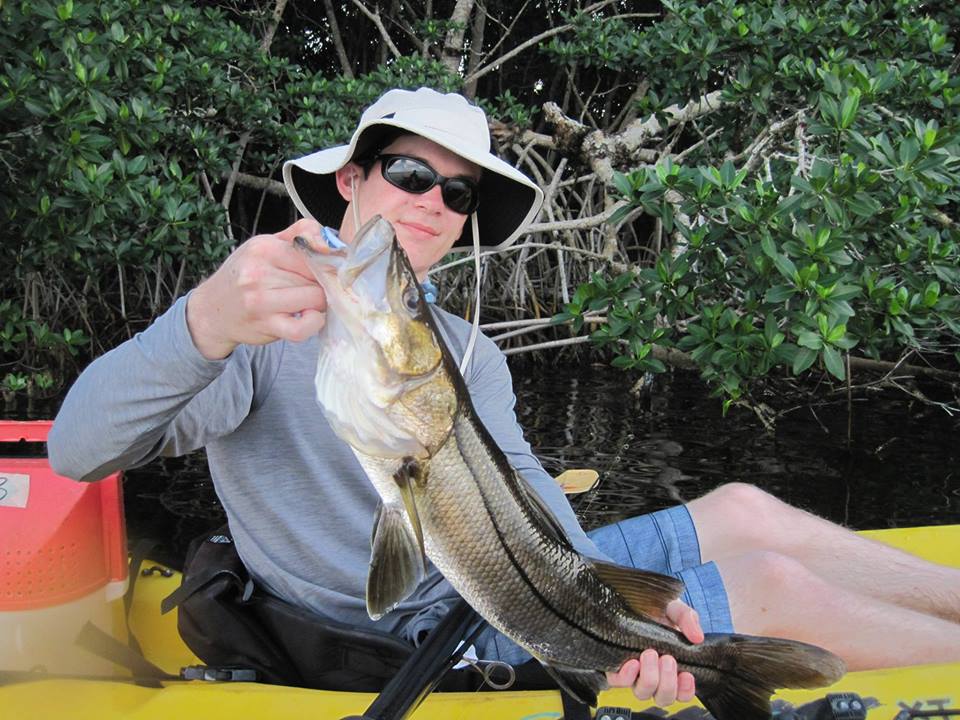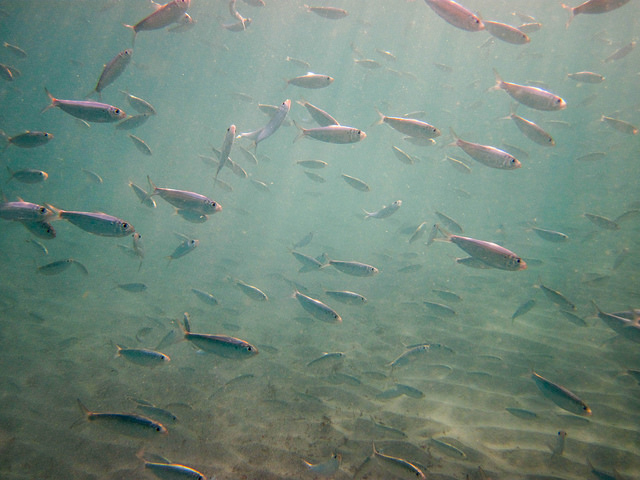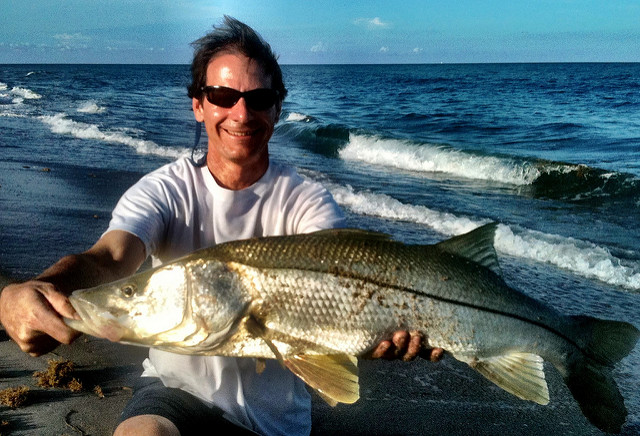Fishing the South Glades: Coot Bay
Where the swamps of Everglades National Park meet the seagrass flats of the Florida Bay, some of the most pristine fishing persists. The only major sign of human settlement in the area is a little fishing and camping town named Flamingo.
This past winter, my dad and I strapped our kayaks to the car and drove a few hours to target snook and tarpon in Coot Bay, a lake just a few miles north of Flamingo.
State Highway 9336 led us from Florida City down a winding road into progressively swampier land.
The area is so isolated that mosquitoes are extraordinarily rampant. Before applying bug spray we found ourselves covered with dozens of mosquitoes even though we were standing in the wind.
We launched our kayaks into Coot Bay Pond, a murky lagoon that leads to the lake through a narrow mangrove tunnel.
A school of little tarpon greeted us in the pond almost immediately. They were not much longer than a foot and adamantly refused any bait we threw at them. We brought a few dozen live shrimp and an array of artificials, but to no avail. Figuring there were bigger fish to catch we paddled past the baby tarpon and into Coot Bay.
The open water was picturesque. The lake is maybe a mile or 2 across and surrounded by mangroves. Other than an occasional skiff passing by in the distance we were the only people on the water.
Since cellphone signal is spotty and civilization is limited in Everglades National Park, it’s wise to have someone with you and to bring a GPS. The GPS can also come in handy saving fishing spot coordinates.
My dad and I began by casting along the mangroves on the edge of the bay. Although it was winter time, the water abounded with life. Jumping mullet and flocks of coots, the small birds to which the bay owes its name, were everywhere.
After several casts with live shrimp proved ineffective, I tied on my trusty Catch 2000 and landed a few casts perfectly under the mangroves.
It didn’t take long for a fish to strike. As soon as I felt the line scream I tightened the drag on my Shimano Spheros 4000, fearful that whatever I hooked would tangle me in the mangroves.
After a solid fight I pulled the fish alongside my boat so my dad could snap a picture. It was a fairly average sized snook with a very vivid complexion, probably owing to the clean water in the lake.

The rest of the day proved somewhat uneventful other than a few alligators or crocodiles we spotted. Interestingly, this part of South Florida is the only region in the world where the two species coexist.
After using our GPS to relocate the mangrove tunnel leading back to Coot Bay Pond, we paddled back.
The tarpon were waiting for us in the pond once again. Determined to catch one of the them I tried a few more lures.
Finally, one of them found my MirrOdine enticing and decided to strike. After a few impressive jumps I pulled the little silver king up to my kayak. It appeared to be larger than most tarpon I had seen rolling, maybe a good 22 inches.
As the sun set and the mosquitoes started to eat us alive, my dad and I strapped our kayaks to the car.
Coot Bay was certainly one of the most unique places I have had the pleasure of fishing. Because of the area’s isolation, it characterizes pre-Columbian Florida as well as anywhere.

